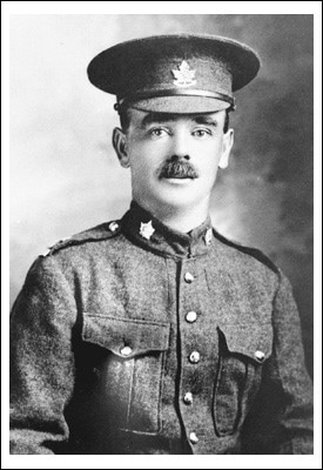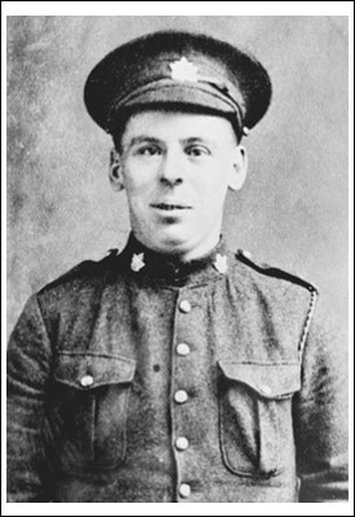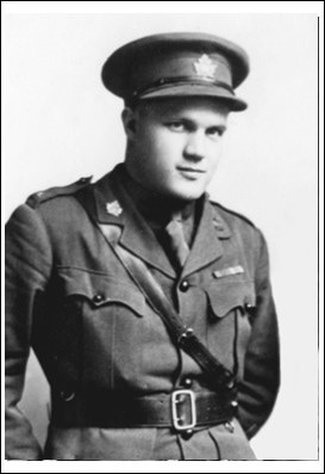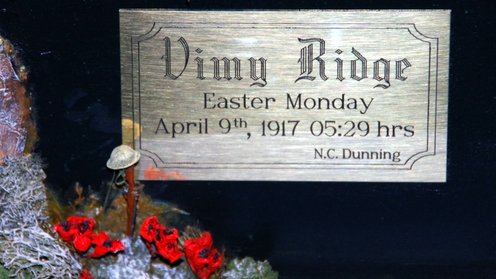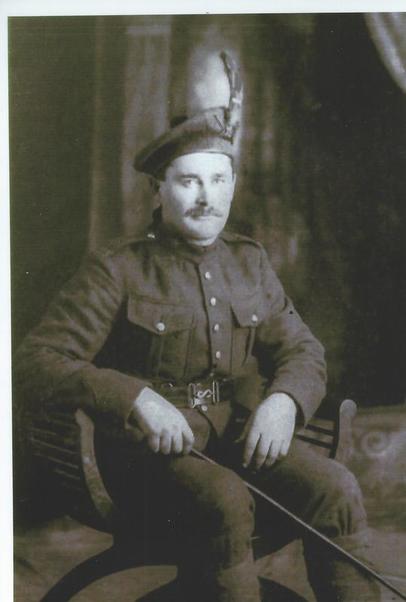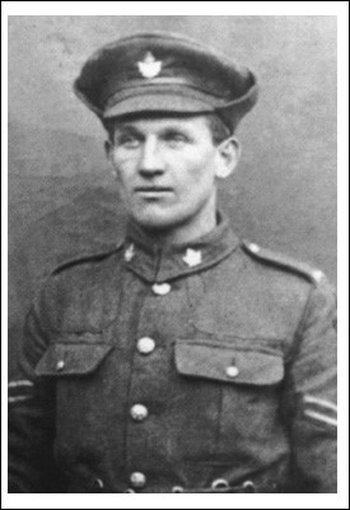
18th Battalion was part of 4th Brigade 2nd Canadian Division was led Boer War Victoria Cross hero and controversial commander, Major General R.E.W. Turner and began to deploy to the Front to join 1st Canadian Division in September 1915. The newly promoted Corporal Sifton was among his C Company mates and left Folkstone for Boulogne on the 14th of September 1915.
The Division spent a cold but quiet winter in the line through Ploegsteert Wood and St. Eloi in the Belgian sector but in the early spring of 1916 began to come into constant action with the enemy. Cpl Sifton went through some of the bloodiest battles for the Canadian in 1916 seemingly un-scathed. From the actions at St Eloi craters in March/April to the Battle of Ancre Heights in October/November, the 18th Battalion and 2nd Canadian Division learned their trade in battle leading up to the Battle of Vimy Ridge in April 1917. Cpl Sifton would have come through the battles of Mount Sorrel, Flers-Courcelette, Thiepval and Le Transloy but again his file is absent of any wounds, injuries or ailments. At some point, he was working behind the lines in the Divisional Train as a Driver but had volunteered to willingly return to a fighting role with his old C Company to “take a chance with the boys in the front line”. Promoted Lance Sergeant on the 14th of March 1917, Sifton would step off at the battle of Vimy ridge with his Battalion less than one month later.
On the 9th of April 1917, Lance Sergeant Ellis Wellwood Sifton and 18th Battalion began the attack on German positions. 2nd Divisions frontage was much narrower that their 1st Div neighbours on their right. Also, they have less of a distance to travel to their final line, only 2 miles. The battle’s opening barrage was furious and the Division as a whole suffered few casualties as they consolidated on the old German frontline (the Black line). During the attack, Sgt Sifton had noticed a German Machine Gun emplacement taking it’s toll on the advancing Canadians. Without hesitation, he dashed through a gap in the barbed wire and attacked the Germans position with rifle, bayonet and grenades. Crossing open ground, throwing grenades, Sgt Sifton gained the emplacement and killed the entire enemy crew. As his comrades followed behind to consolidate the position, Sgt Sifton single-handedly held off a small German counter-attack on the position with his bayonet and rifle butt. Just as this was defeated, a wounded German soldier snatched up a rifle and fired at Sgt Sifton’s back, killing him instantly.
Ellis Wellwood Sifton was posthumously awarded the Victoria Cross for most conspicuous bravery and devotion to duty. His citation was printed in the London Gazette on 8 June 1917. Sgt Sifton lies buried in Lichfield Crater Cemetery at Thelus, not far from where he fell. His Victoria Cross is on display at the Elgin County Pioneer Museum in St. Thomas, Ontario.
